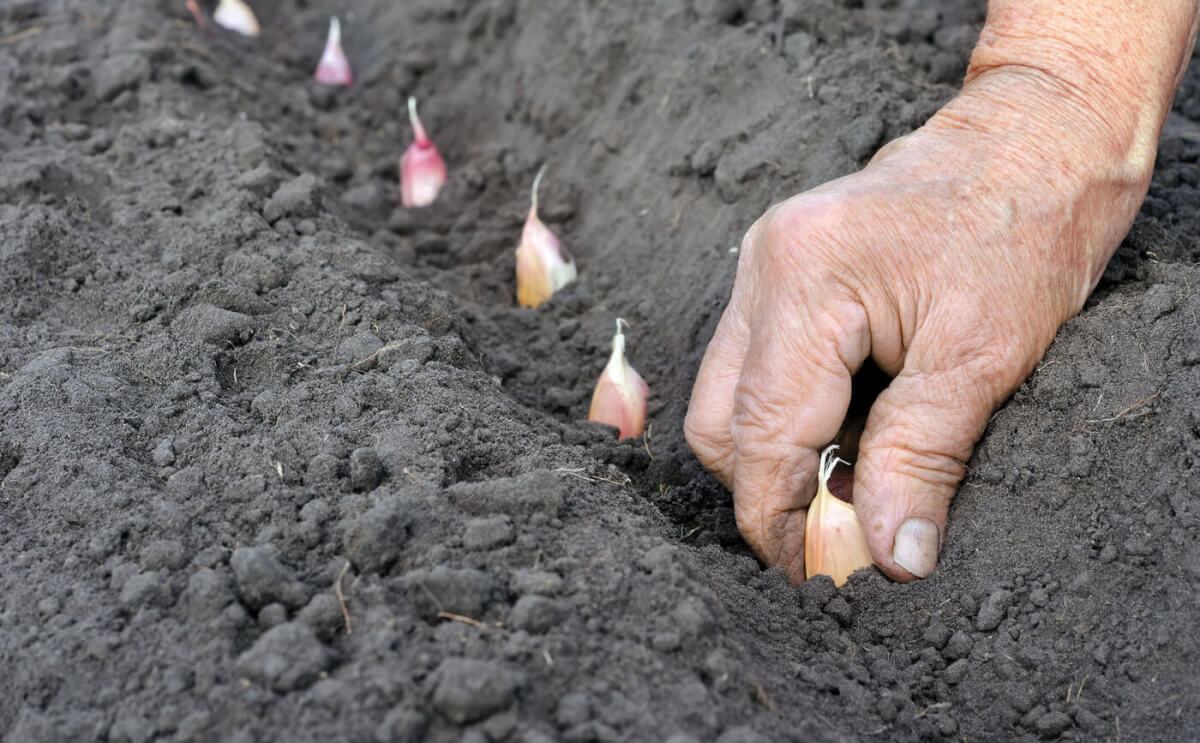Being self-reliant in the wake of a disaster—whether it’s natural or man made—doesn’t just mean you have to find shelter.
You’ll need sustenance to keep your mental and physical strength, and you probably can’t rely on any grocery store to provide it for you. Consider these six essentials when preparing your survival pantry.
1. READY YOUR SOIL IN ADVANCE
If your contingency plan is to grab a cucumber from the refrigerator after a disaster and plant the seeds in your yard, you’ll be hungry for quite a while, experts say. Instead, know what type of soil you have, and prepare it for a garden well in advance of a disaster.
“A family should first begin with the richest quality soil possible by developing it,” advises Lisa Bedford, author of “The Survival Mom” and editor of the blog at www.thesurvivalmom.com. “This is an enormous factor in successful gardening. Begin a compost bucket, or if space allows, a larger compost area outdoors.”
2. DETERMINE WHAT TO PLANT
 Do you love avocados? Don’t start planting the pits right away. Instead, visit farmer’s markets to find out what grows best in your area, rather than trusting the home improvement store nurseries or seed catalogs, Bedford advises.
Do you love avocados? Don’t start planting the pits right away. Instead, visit farmer’s markets to find out what grows best in your area, rather than trusting the home improvement store nurseries or seed catalogs, Bedford advises.
“Get to know your growing season and region,” she says. “Your county extension office can provide a wealth of information for your area.” You should also track what produce you already buy and use most.
“Don’t plant celery, for example, if you rarely use it and no one likes to eat it,” she says.
If they grow well in your region, you should consider planting ingredients commonly used in soup and stew recipes, such as onions, carrots, tomatoes and green beans, because those can go far for large groups.
3. START A SMALL GARDEN
 Once you’ve developed rich soil, you should plant a few seeds to see whether they’re successful. But don’t fall into the common trap of sowing thousands of seeds right off the bat, because you could end up wasting precious time and money if they don’t sprout.
Once you’ve developed rich soil, you should plant a few seeds to see whether they’re successful. But don’t fall into the common trap of sowing thousands of seeds right off the bat, because you could end up wasting precious time and money if they don’t sprout.
“Start with a small 4×4 plot or raised bed, or even just a pot or two,” Bedford says.
4. KEEP A GARDEN JOURNAL
 You should maintain a written record of what you plant and where, Bedford advises.
You should maintain a written record of what you plant and where, Bedford advises.
“Trust me, you’ll forget which varieties of tomatoes died off and which thrived,” she says. “As the growing season progresses, take note of successes and failures as well as your own actions, such as watering schedules.
You’ll likely figure out why some plants didn’t thrive while others went on to be productive.”
5. FOOD PRESERVATION METHODS
 Once you’ve grown a thriving garden, you’ll want to preserve your surplus in case you’ll have to subsist on it for long periods. Contrary to popular belief, preserved foods aren’t limited solely to jerky and pickles.
Once you’ve grown a thriving garden, you’ll want to preserve your surplus in case you’ll have to subsist on it for long periods. Contrary to popular belief, preserved foods aren’t limited solely to jerky and pickles.
“Just about every food can be preserved at home,” Bedford says. “For example, spaghetti sauce and cooked risotto can both be dehydrated. Meat and chicken can be safely home-canned, as can homemade soups and stews.”
The easiest way to preserve food is to buy a food dehydrator (or build one using online instructions). You can dehydrate your own garden’s bounty or prepare for the future by buying vegetables now.
“When you come across bags of frozen produce on sale, buy multiple bags,” Bedford advises. “The produce can be placed on the dehydrator trays without being thawed. It has already been washed and cut into small pieces, so it’s ready to go!”
Likewise, fresh produce gleaned in bulk from farmer’s markets can be dehydrated, as can canned fruit.
If you’d like to can your own fruit and vegetables, keep in mind that the process requires more supplies and takes a bit of training.
“However, having wholesome food without any unwanted additives makes it worthwhile,” Bedford says. “The key is to follow written instructions in a book such as the ’Ball Complete Book of Home Preserving’ closely and completely.”
6. COMFORT FOODS
Once you’ve got your fruit and vegetable plan underway, consider stocking some of your favorite menu items.
“Any time a family must rely on their stored food will be a time of stress, so familiar comfort foods should be included,” Bedford says. “Make a list of several breakfast, lunch and dinner meals your family enjoys, and begin looking for ways to store those ingredients.”
If young kids are still at home, be sure to store some foods that will be essential to their health, such as instant milk, peanut butter, fruits, vegetables and various grains.
“Food storage companies, such as Shelf Reliance, now offer enormous varieties of products that include organic foods, glutenfree products and non-GMO produce. Food storage doesn’t have to be limited to buckets of wheat, rice and beans!” Bedford adds.
Editor’s note: A version of this article first appeared in the 2013 print issue of American Survival Guide.




